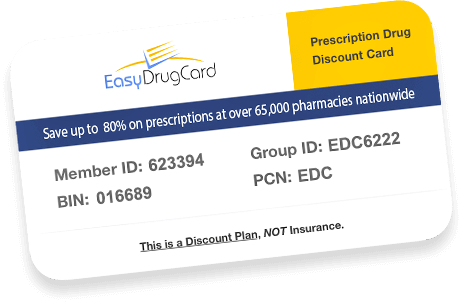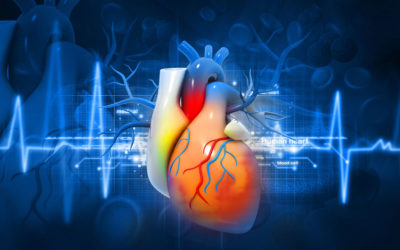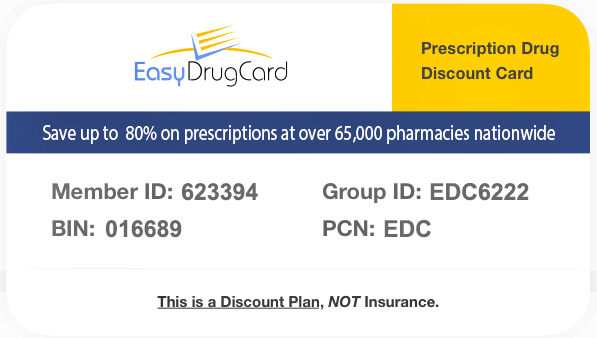Food Pyramid/My Plate: Vegetables
We all know that vegetables are good for us and that we should probably eat more of them. Sure we eat a salad once in a while, but getting the recommended 2 cups of vegetables AND two cups of leafy greens a day? Yea right! Maybe you love vegetables and eat them regularly… if so keep up the good work! For the rest of us who need a little more green on our plates, this article is for you.
For me the change happened when I learned more than just “vegetables are good for you.” When I learned what exactly happens in my body when I eat broccoli or a carrot, I was actually much more motivated to eat them! In this article I want to help you find that same motivation, and give you some fun and delicious ideas on how to incorporate more vegetables into your diet.
The Health Benefits of Vegetables
The word vegetable comes from the Latin word “vegetare” which means animating or to give life. This is the purpose of vegetables… to give us life! I would argue that vegetables should replace grains on the bottom of the food pyramid as the most important food group we should eat. Vegetables are full of disease fighting phytonutrients, enzymes, vitamins, minerals, fiber, protein, and antioxidants. They are also some of the most alkalizing foods available! The best way to avoid disease or to reverse many existing diseases is to have a diet rich in these foods.
Did you know…
• Chlorophyll (what makes leafy vegetables green) actually draws toxins out of your bloodstream. Leafy greens also contain high amounts of vitamin A, C, and calcium. The darker the leaf, the more nutrients it contains.
• Asparagus is one of the best foods to eat for detoxifying the body and can help with arthritis and rheumatism.
• Beets help heal the liver and break down fat deposits.
• Sweet potatoes help improve blood sugar levels and increase antioxidants in the body.
• Garlic has been shown to reduce the risk of high cholesterol, high blood pressure, colon cancer, heart disease, and stroke. Since garlic has antibacterial and antiviral properties, it is a great remedy for many common infections and colds.
• Cruciferous vegetables such as broccoli, cabbage, cauliflower, Brussels sprouts, kale, and radishes are powerful cancer fighters, help your body burn fat, help your liver get rid of toxins, and help prevent high cholesterol.
• Onions have been shown to help significantly in lowering blood sugar in diabetics. They have also been shown to be effective at stopping tumor growth! They can also help lower cholesterol, high blood pressure, and prevent blood clots and strokes.
• Carrots contain beta-carotene which your body converts into vitamin A (and is nontoxic, unlike synthetic vitamin A.) They have been shown to reduce the risk of heart attacks, type 2 diabetes and certain cancers.
• Avocados are one of the healthiest sources of fat we can eat. They contain loads of vitamins, minerals, fiber and even protein. Avocados help to improve blood cholesterol, and even though they contain fat, they actually help you lose weight!
• Cooked tomatoes contain high amounts of the phytonutrient lycopene, which is a cancer fighting compound.
• Red bell peppers are actually green bell peppers that were left on the vine longer! They contain high amounts of vitamin C, beta-carotene, B vitamins, and cancer-fighting lycopene. (1)
How to Eat more Vegetables
I incorporate veggies into my diet in 4 ways: blended smoothies, raw, cooked, and supplements. I always have ingredients on hand to make my favorite green smoothie. I also take the time every few days to chop up a bunch of raw veggies such as cucumber, jicama (2), carrots, and bell peppers for snacking. I find I eat a lot more vegetables when they are cut and ready. We usually have some organic guacamole or hummus in the fridge for dipping. I set a bowl full of cut up veggies and hummus in front of my husband while he is on the computer (without asking if he wants them or not) and he eats them right up!
Cooking vegetables is probably the most time consuming and takes the most effort compared to smoothies or raw, but I make sure that whatever recipe I choose when meal planning that it contains veggies. For example, I’ll make chili with added onion, bell peppers and jalapeños, or homemade chicken pot pie with carrots, peas, and celery. Another easy way to add veggies is to buy them frozen and then just sauté them with a little butter or coconut oil, garlic powder and sea salt to add to the side of a dish.
And lastly, I like to incorporate powdered greens into my routine as well. Some people like to juice their greens and veggies. This is more of an added supplement than a replacement for eating vegetables. It distills down the nutrients of the vegetables and is very easy for your body to absorb. I do not own a juicer so I opt for a powdered version that I add to a smoothie or just mix with water or orange juice. It contains a long list of juiced and dehydrated greens, vegetables, herbs, roots, fruit, sprouts, and has added Probiotics and enzymes.
The amount of time and money it would take for me to buy and juice all of the ingredients in this product would be very difficult to maintain long term. If you use a powdered green super food product, just make sure that it is 100% organic and raw, with NO added fillers or artificial ingredients! This is also a great option when traveling if you have limited access to fresh produce.
How to Choose Quality Produce
How important is it to buy organic? Most conventional produce contains multiple synthetic pesticides and herbicides, waxes (apples aren’t supposed to be shiny!), and preservatives. It is best to choose organic whenever possible, or buy your produce from a local farmers market where you can actually ask the farmer about their pesticide use. The scary thing about pesticides is that they accumulate in your body over time and contribute to neurodegenerative diseases and birth defects. (3)
It is also best to purchase locally grown produce rather than imported. Once the fruit or vegetable is picked, the clock starts ticking on how many nutrients it retains. You want your produce to be as fresh as possible, and if it has traveled half way across the world, chances are it was harvested prematurely and has lost many of its disease fighting benefits on the journey.
One option is to buy organic vegetables that were flash frozen immediately after harvest. This ensures that most of the nutrients were preserved. You may also want to consider starting your own vegetable garden! Nothing is as fresh as when you pick it yourself.
I never buy canned vegetables because most aluminum and steel cans are lined with Bisphenol A (BPA), which is a hormone disrupting chemical that leeches into your food. According to the Environmental Working Group, “exposure to even miniscule concentrations of these chemicals can have large effects on the developing brain, nervous system and reproductive systems.” (4)
And remember, variety is key! We tend to stick to what we know, so do your best to incorporate a wide range of vegetables. Next time you go grocery shopping, purchase a new vegetable you have never tried before and then look up different ways to prepare it. Include a wide range of colors as each color contains unique disease fighting properties.
A good rule of thumb is to “eat the rainbow,” meaning try to include every color of the rainbow into your diet!
Resources:
1. Dee McCafferey, CDC, The Science of Skinny (Boston Massachusetts, 2012) 222-234.
2. http://foodfacts.mercola.com/jicama.html
3. http://articles.mercola.com/sites/articles/archive/2014/04/29/pesticide-exposure.aspx
4. http://www.ewg.org/enviroblog/2015/01/fda-clears-bpa-cans-again












